The Band 1969 album
Buy The Band As a perfect counterpart to Music from Big Pink, their 1968 debut album, The Band embarked on part two of their new musical, North American roots journey with their eponymous […]
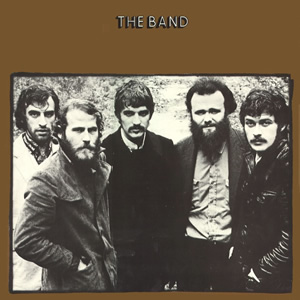
Buy The Band As a perfect counterpart to Music from Big Pink, their 1968 debut album, The Band embarked on part two of their new musical, North American roots journey with their eponymous […]
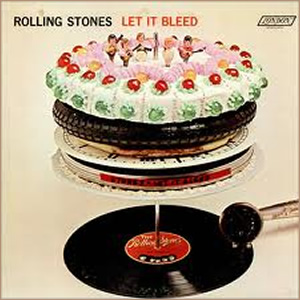
Buy Let It Bleed The middle release of the three greatest Rolling Stones albums, Let It Bleed finished the decade of the 1960s with a mostly solid blues/rock effort which contains a pop/rock […]

Buy Bayou Country Buy Green River Buy Willy and the Poor Boys Creedence Clearwater Revival was incredibly prolific in their earliest recording period. Following their self-titled debut album in mid 1968, the group […]
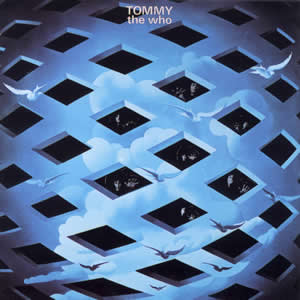
Buy Tommy If any humble reader seeks to be enlightened to the ways of spiritual rock and roll I’d suggest they start with Tommy. The fourth studio album by The Who is a […]
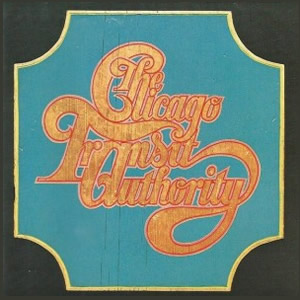
Buy Chicago Transit Authority Chicago used their short-lived name for their double-length 1969 debut album, Chicago Transit Authority. From the inception, the seven member group fused brass, jazz, soul, and blues-based rock and […]
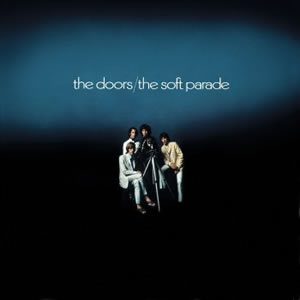
Buy The Soft Parade 1969 was a tumultuous year for the The Doors. The main incident which caused their collective headache happened in Miami in March when vocalist Jim Morrison was arrested for […]
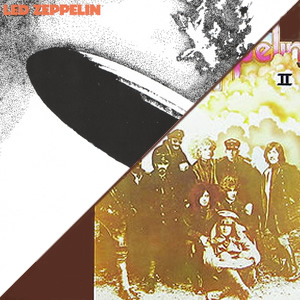
Buy Led Zeppelin I Buy Led Zeppelin II While there have been many fine debuts in rock history, it can be argued that no band ever made such a game-changing splash than Led […]
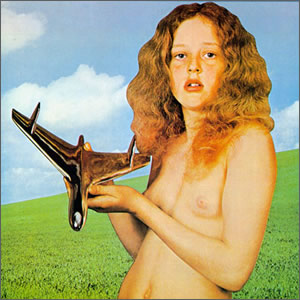
Buy Blind Faith Rising from the ashes of two defunct English rock bands, Blind Faith lived a very short life as a “super group” in 1969. Despite being together for less than one […]